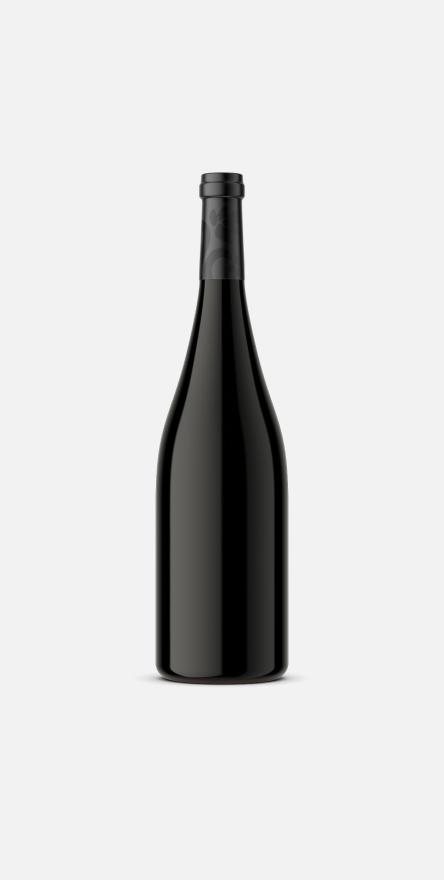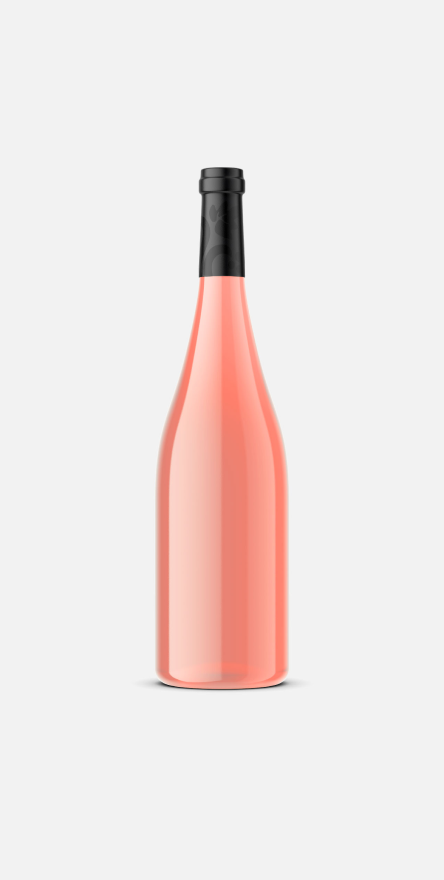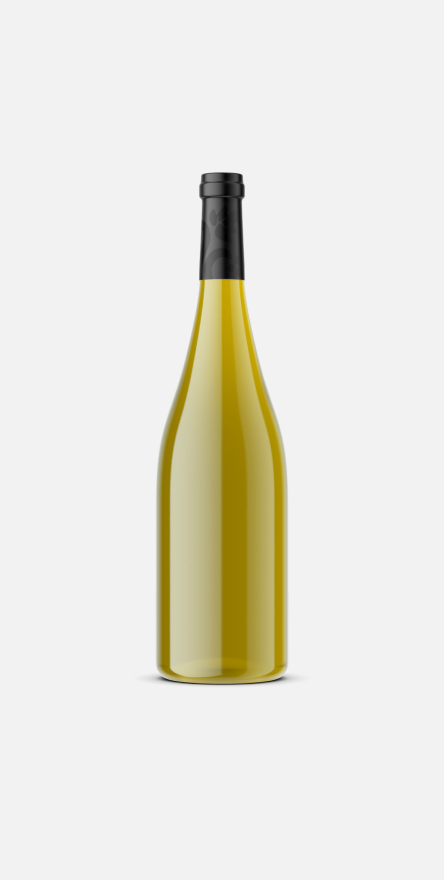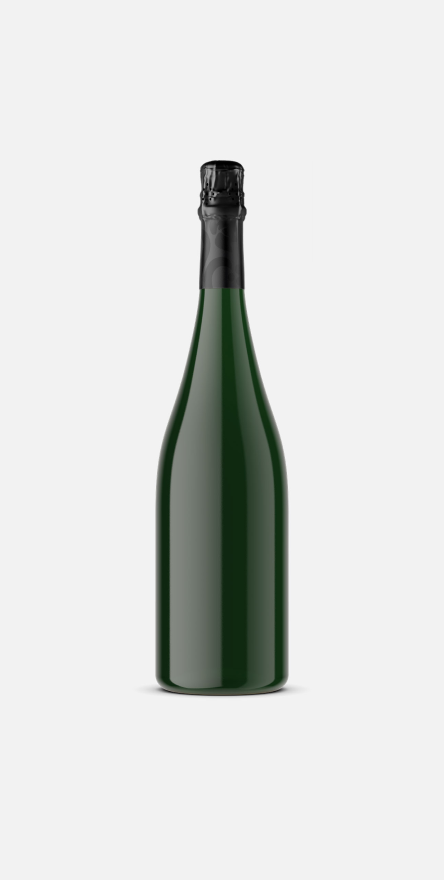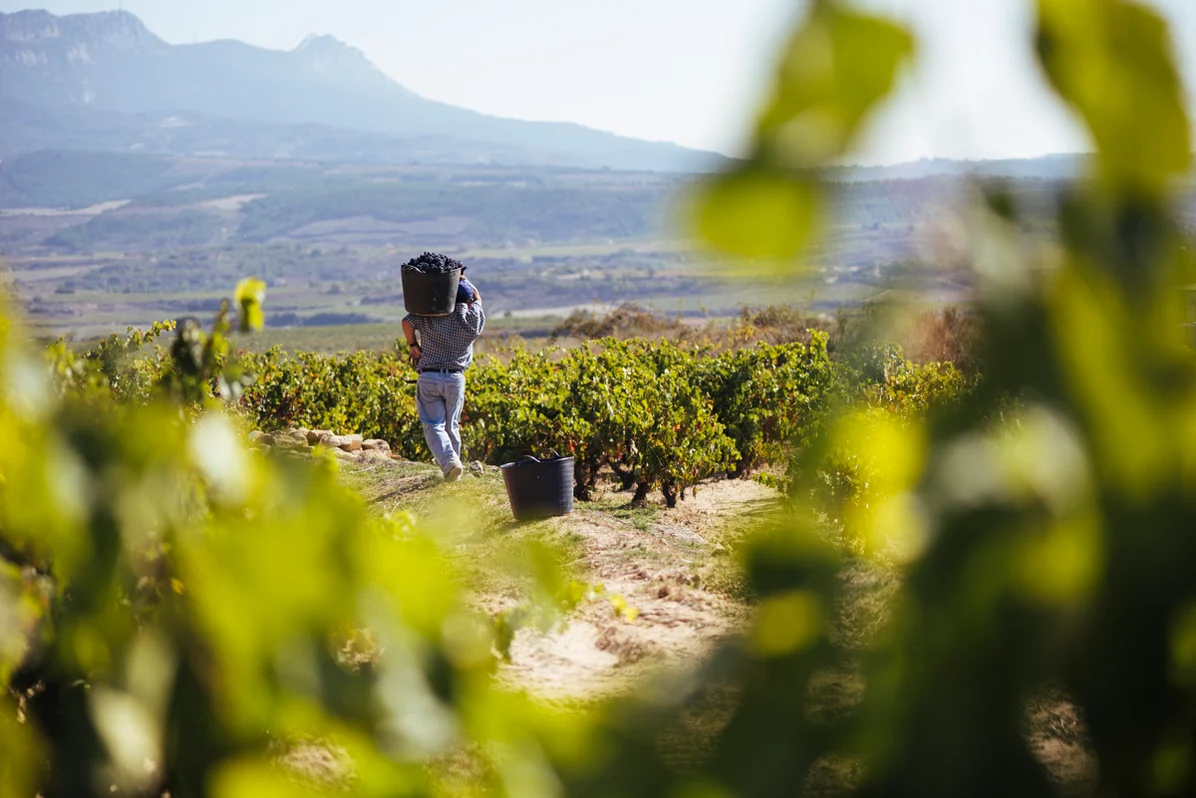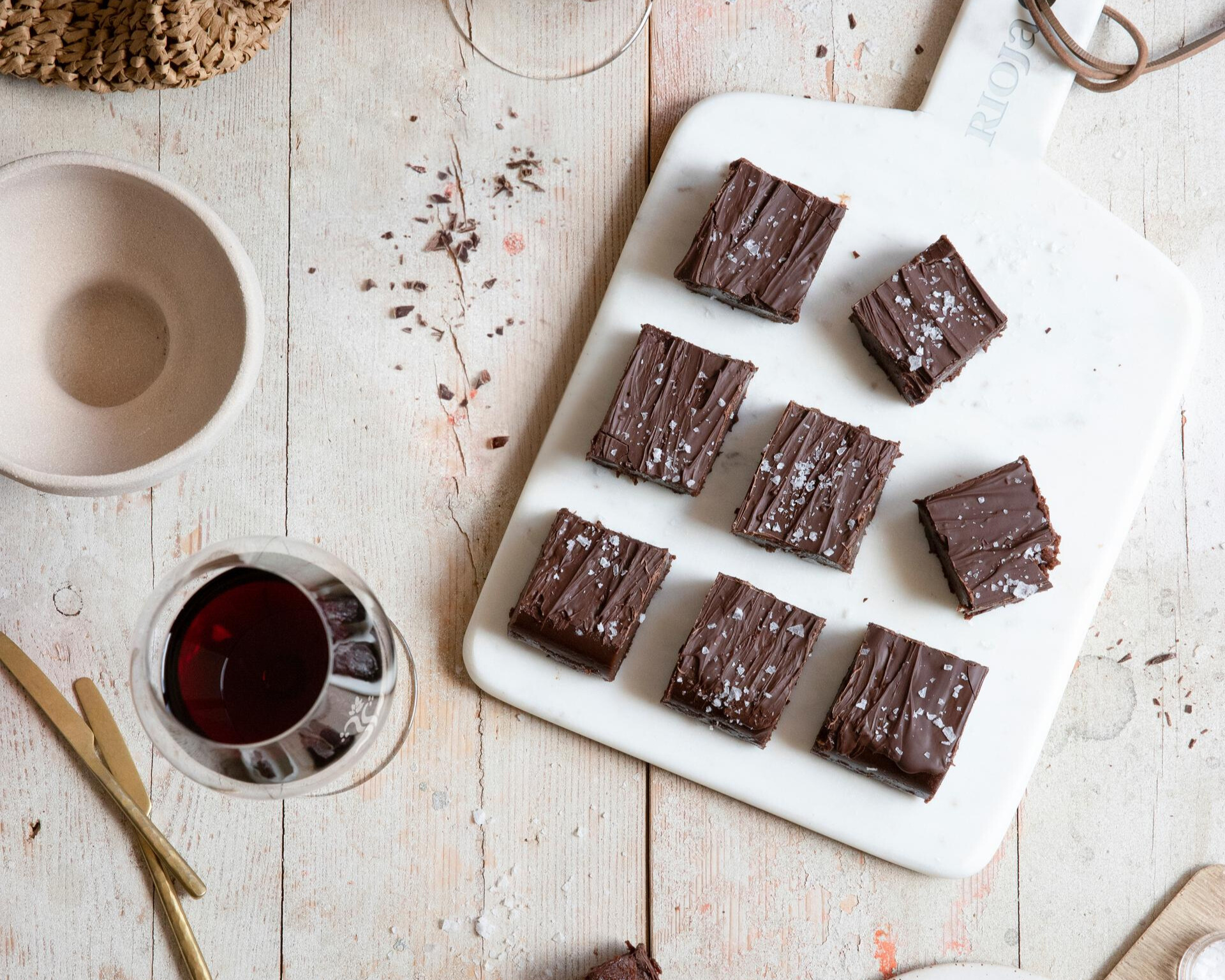The annual cycle of the vine in Rioja
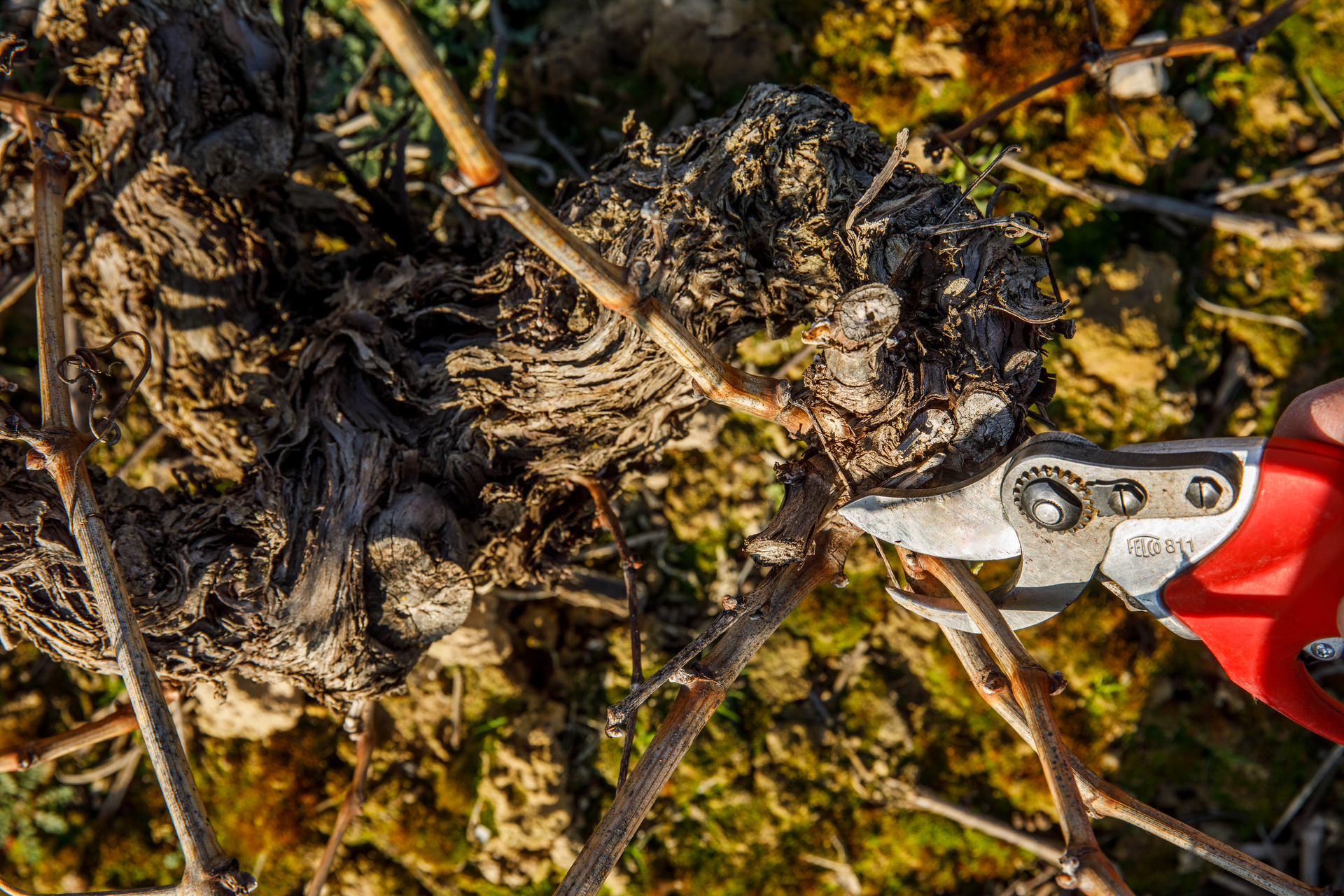
The Rioja region is renowned throughout the world for its exceptional wines. One of the main factors in the quality of Rioja wines is the careful monitoring of the annual cycle of the vines. In this article, we will explore this fascinating process, from pruning to harvesting, and how each stage contributes to the creation of Rioja wines.
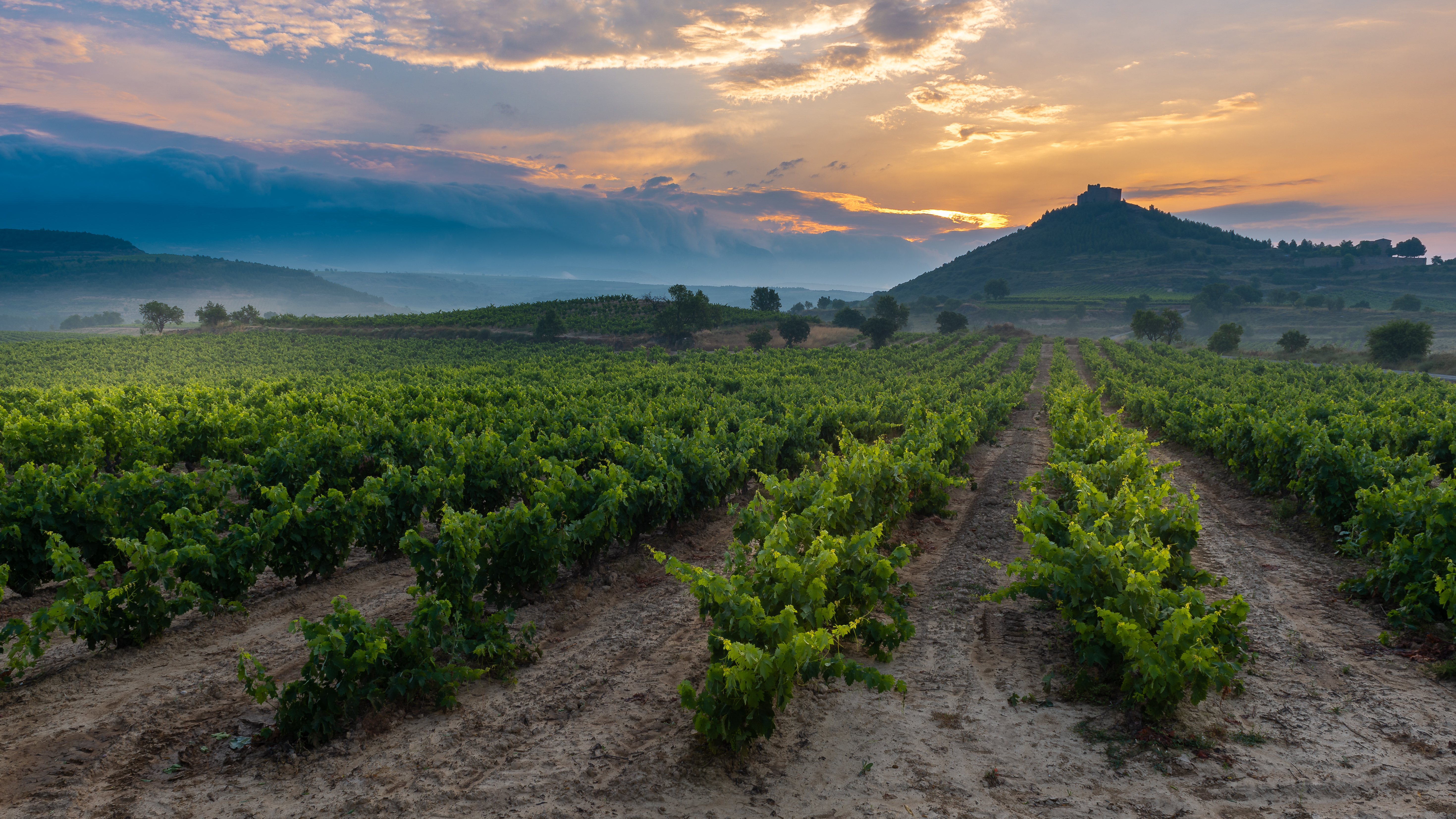
Stages of the annual cycle of the vine
- Winter
It is a period of rest during which their physiological activity is reduced to a minimum and during which the following tasks are carried out
- Ploughing of the soil, to remove weeds and to prevent water accumulation in the soil.
- Pruning requires specialised labour and usually begins in November and continues until just before bud break in March. The maximum number of buds is set by the DOCa Rioja Control Board, depending on the variety.
- The vines are planted between late winter and early spring to reduce the risk of frost and to take advantage of rising temperatures. The ‘vaso’ is a traditional training system of Rioja, although the trellis training system is also used nowadays .
- Spring
With the arrival of spring, the sap rises through the wood and the weeping of the vines announces budding; this is the moment when the first green shoots begin to appear, beginning the cycle of turning into leaves. This usually occurs in the first fortnight of March in the eastern part of the Rioja, extending to the west for about a month.
After budding, sprouting is carried out, which consists of removing part of the vegetation from the vine in order to concentrate all the growth potential on the shoots.
During the flowering period in April and May, the first leaves of the vine begin to appear. At this stage, the sugar and acid molecules are formed in the leaves of the vine so that the grapes and therefore the wine have a better flavour.
Weather conditions during this period are critical for winegrowers, marking the start of the harvest and the size of the crop.
- Summer
The rise in temperature stimulates the growth of the grapes. The grapes change colour until they reach their final shade, which is green and yellowish in the case of red grapes. These grapes take on a pink colour that gradually darkens as they ripen.
The grapes ripen between August and October. During this period the grapes acquire a sweeter taste. This is due to the fact that during the photosynthesis process, the acids present in the leaves decrease, increasing the sugar content in the grapes.
Vine growers carry out “cluster thinning” or green harvesting, removing part of the production in order to adjust the yield. At this time, the vegetation on the trellises can be manipulated to favour shading or sunlight and ventilation, depending on the vineyard’s location and the conditions of the year.
- Autumn
These dates are ideal for harvesting, as weekly samples are taken and published in the ripening bulletins. These reports serve as a guide for winegrowers, telling them when is the optimum time to harvest the grapes and obtain the highest quality wine. When that moment arrives, the grapes reach the perfect balance between sugar, acidity and phenolic compounds, which marks the beginning of the harvest.
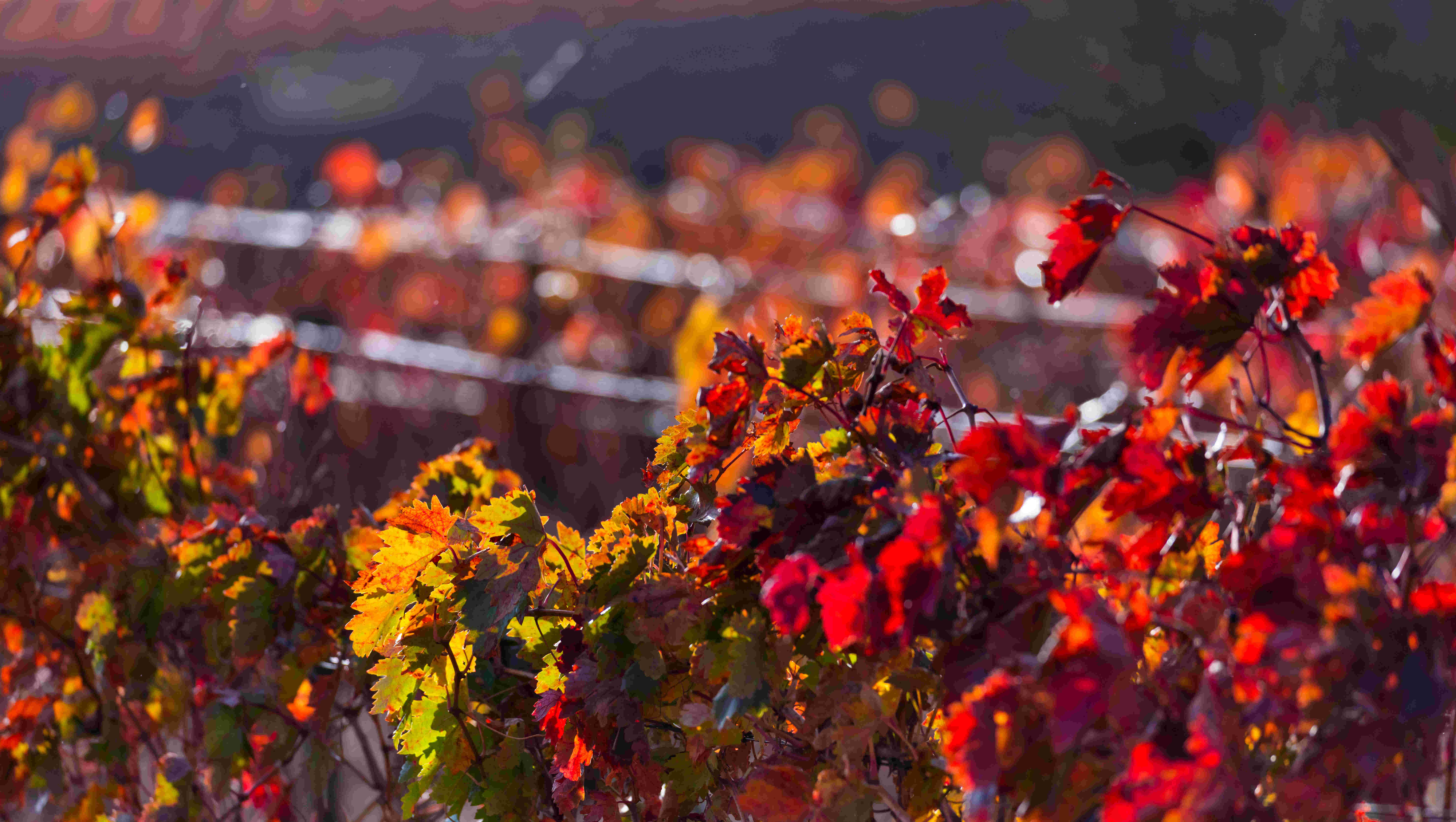
In Rioja, the grape harvest begins in mid-August with the harvesting of the white grape harvest, which marks the beginning of this “magical” season, which usually ends in mid-October. After the harvest, the vines remain dormant from late autumn to late winter, creating a landscape of unique beauty.
We invite you to discover our special grape harvest activities, which will start in August. Explore the secrets of grape picking, participate in wine tastings amidst picturesque vineyards and immerse yourself in the region’s rich wine tradition.
